No product in cart
Glass tile adhesive mortar
-
(0s)
- Add your review
PRODUCT DESCRIPTION LATICRETE Glass Tile Adhesive Mortar is a water mixed, non-sag, polymer fortified adhesive mortar that is specifically formulated for use in glass tile applications. LATICRETE Glass Tile Adhesive Mortar has great workability and produces an ultra white finish that enhances the look of glass mosaics, glass tile, and most any translucent tile […]
#Code Products:
Description
PRODUCT DESCRIPTION
LATICRETE Glass Tile Adhesive Mortar is a water mixed, non-sag, polymer fortified adhesive mortar that is specifically formulated for use in glass tile applications. LATICRETE Glass Tile Adhesive Mortar has great workability and produces an ultra white finish that enhances the look of glass mosaics, glass tile, and most any translucent tile or stone. In addition to containing Microban ® antimicrobial protection, LATICRETE Glass Tile Adhesive Mortar is GREENGUARD certified for low VOC. LATICRETE Glass Tile Adhesive Mortar can also be used with porcelain or ceramic tile.
Uses
Designed for interior, exterior, and submerged installations of all types of glass tiles over concrete, exterior glue plywood (interior, dry areas only), and a variety of other substrates.
Advantages
Consistent, ultra white color across the entire application area
Optimal bond strength with minimal shrinkage
Single component with no admix needed, just add water
Superior non-sag performance
Smooth and creamy consistency
Equipped with Microban
GREENGUARD certified
Exceeds ANSI A118.4 and ANSI A118.11 bond strength requirements when mixed with water
Suitable Substrates
Exterior glue plywood*
Concrete/masonry
Concrete block
Cement mortar beds
Cement terrazzo
Ceramic tile and stone
Gypsum wallboard*
Cement backer board**
Masonry and brick
* Interior use only.
** Consult cement backer board manufacturer for specific installation recommendations and to verify acceptability for exterior use.
Packaging
25 lb bag (11.3 kg); 104 bags per pallet 10 lb carton (4.5 kg); 4 x master carton; 44 master cartons per pallet
Shelf Life
Factory sealed containers of this product are guaranteed to be of first quality for one (1) year if stored off the ground in a dry area.
Limitations
Not for use directly over particle board, luan, Masonite ® or hardwood floors. Adhesives/mastics, mortars and grouts for ceramic tile, pavers, brick and stone are not replacements for waterproofing membranes. When a waterproofing membrane is required, use a LATICRETE waterproofing membrane (see Section 10 FILING SYSTEMS).
Note: Surfaces must be structurally sound, stable and rigid enough to support ceramic/stone tile, thin brick and similar finishes. Substrate deflection under all live, dead and impact loads, including concentrated loads, must not exceed L/360 for thin bed ceramic tile/brick installations or L/480 for thin bed stone installations where L=span length.
Cautions
Consult MSDS for more safety information.
During cold weather, protect finished work from traffic until fully cured.
Verify suitability of LATICRETE® Glass Tile Adhesive Mortar for use with resin or mesh-backed glass tile with glass manufacturer. For installations with a moisture sensitive backing, use LATAPOXY® 300 Adhesive.
Consult with glass tile manufacturer for suitability and compatibility of their product over exterior glue plywood substrates and membranes.
Contains portland cement and silica sand. May irritate eyes and skin. Avoid contact with eyes or prolonged contact with skin. In case of contact, flush thoroughly with water.
Do not take internally. Silica sand may cause cancer or serious lung problems. Avoid breathing dust. Wear a respirator in dusty areas. Not for use with green marble or any moisture sensitive tile or stone.
Keep out of reach of children.
INSTALLATION
Surface Preparation
All surfaces should be between 40°F (4°C) and 90°F (32°C) and structurally sound, clean and free of all dirt, oil, grease, paint, concrete sealers or curing compounds. Rough or uneven concrete surfaces should be made smooth with LATICRETE Latex Portland Cement Underlayment to provide a wood float (or better) finish.
Dry, dusty concrete slabs or masonry should be dampened and excess water swept off. Installation may be made on a damp surface. Concrete slabs must be plumb and true to within 1/4" (6 mm) in 10' (3 m).
Note: Expansion joints shall be provided through the tile work from all construction or expansion joints in the substrate. Follow ANSI specification A108.01-3.7 “Requirements for Movement Joints: Preparations by Other Trades” or TCNA detail EJ-171 “Movement Joints-Vertical & Horizontal”. Do not cover expansion joints with mortar.
1. Installer must verify that deflection under all live, dead and impact loads of interior plywood floors does not exceed industry standards of L/360 for ceramic tile and brick or L/480 for stone installations where L=span length.
2. Minimum construction for interior plywood floors.
SUBFLOOR: 5/8" (15 mm) thick exterior glue plywood, either plain with all sheet edges blocked or tongue and groove, over bridged joints spaced 16" (400 mm) o.c. maximum; fasten plywood 6" (150 mm) o.c. along sheet ends and 8" (200 mm) o.c. along intermediate supports with 8d ring-shank, coated or hot dip galvanized nails (or screws); allow 1/8" (3 mm) between sheet ends and 1/4" (6 mm) between sheets edges; all sheet ends must be supported by a framing member; glue sheets to joints with construction adhesive.
UNDERLAYMENT: 5/8" (15 mm) thick exterior glue plywood fastened 6" (150 mm) o.c. along sheet ends and 8" (200 mm) o.c. in the panel field (both directions) with 8d ring-shank, coated or hot dip galvanized nails (or screws); allow 1/8" (3 mm) to 1/4" (6 mm) between sheets and 1/4" (6 mm) between sheet edges and any abutting surfaces; offset underlayment joints from joints in subfloor and stagger joints between sheet ends; glue underlayment to subfloor with construction adhesive. Refer to Technical Data Sheet 152 Bonding Ceramic Tile, Stone or Brick Over Wood Floors for complete details.
Mixing
Place clean, potable water into a clean pail. Add LATICRETE Glass Tile Adhesive Mortar. Use approximately 2.5 – 2.6 qts (2.4 –2.5 l) of water for 25 lbs (11.3 kg) of powder or 1 qt (0.9l) of water for 10 lbs (4.5 kg) of powder. Mix by hand or with a slow speed mixer to a smooth, trowelable consistency. Allow mortar to slake for 5–10 minutes. Remix with out adding any more water or powder. During use, stir occasionally to keep mix fluffy. DO NOT temper with water.
Application
Apply mortar to the substrate with the flat side of the trowel, pressing firmly to work into surface. Comb on additional mortar with the notched side.
Note: Use proper sized notched trowel to ensure full bedding of the tile. Spread as much mortar as can be covered with tile in 15–20 minutes. Check with glass manufacturer for suitability of glass tile when used in conjunction with any specified membrane, thin-set and/or grout. Back butter tiles before setting in order to provide full bedding and firm support and to prevent mortar ribbons from showing through transparent or translucent glass tile. Place tiles into wet, sticky mortar and beat in using a beating block and rubber mallet to embed tile and adjust level. Check mortar for complete coverage by periodically removing a tile and inspecting bedding mortar transfer onto back of tile. If mortar is skinned over (not sticky), remove and replace with fresh mortar.
Grouting
Grout installation after a minimum of 24 hours curing time at 70°F (21°C). Grout with LATICRETE® SpectraLOCK®† PRO Premium Grout, LATICRETE SpectraLOCK PRO Grout, LATICRETE PermaColor™ Grout mixed with water or LATICRETE 1500 Sanded Grout or LATICRETE 1600 Unsanded Grout gauged with
LATICRETE 1776 Grout Enhancer or with water.
† United States Invention Patent No.: 6881768 (and other Patents).
Cleaning
Clean tools and tile work with water while mortar is fresh
You must be logged in to post a review.

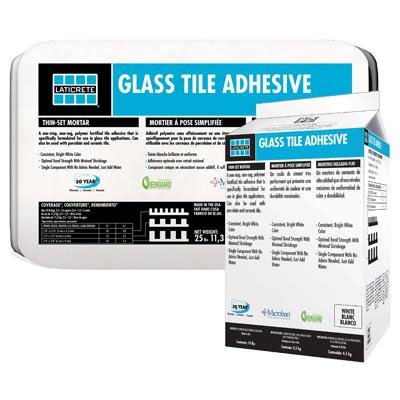
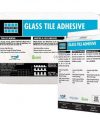
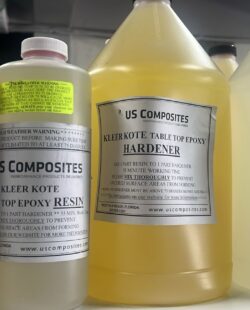
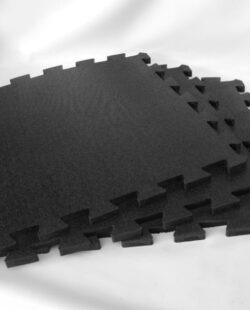
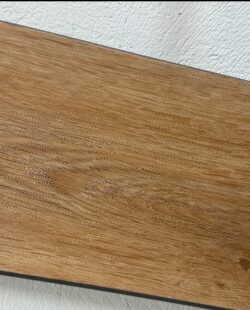
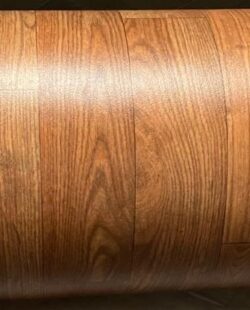
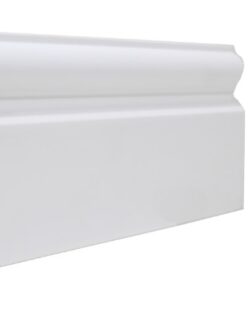
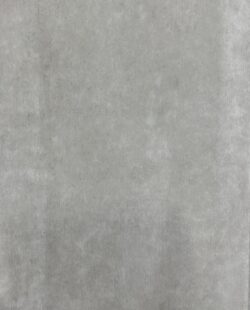
Reviews
There are no reviews yet.